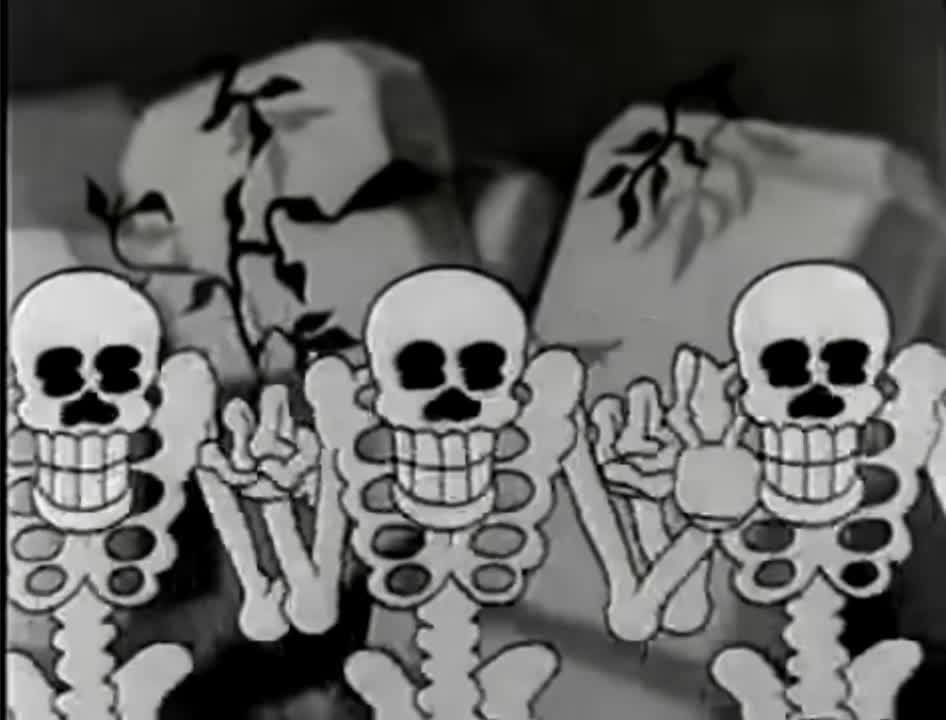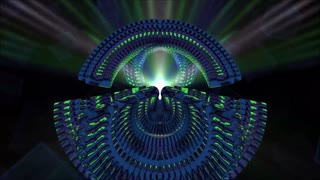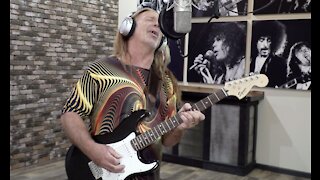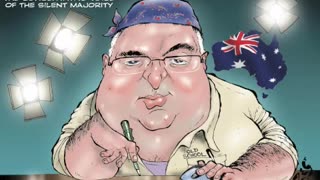Premium Only Content

Hittin’ the Trail for Hallelujah Land c.1931 : The Censored Eleven
The Censored Eleven is a group of Looney Tunes and Merrie Melodies cartoons originally produced and released by Warner Bros. that were withheld from syndication in the United States by United Artists (UA) in 1968. UA owned the distribution rights to the Associated Artists Productions library at that time and decided to pull these eleven cartoons from broadcast because the use of ethnic stereotypes in the cartoons, specifically African stereotypes, was deemed too offensive for contemporary audiences. The ban has been continued by UA and the successive owners of the pre-August 1948 Looney Tunes/Merrie Melodies. These shorts have not been officially broadcast on television since 1968 and have only been exhibited once theatrically by Warner Bros. in Spring 2010 (see below for more details) since their withdrawal. They have turned up, however, on low-cost VHS and DVD collections over the last thirty years.
https://en.wikipedia.org/wiki/Censored_Eleven
Hittin the Trail for Hallelujah Land–a Merrie Melodies is the only cartoon from the Harman-Ising Studio among the Censored 11 and the oldest cartoon on the list. This film gives a hint of how Hugh Harman and Rudolf Ising diverge in caricaturing African Americans. Harman worked with jazz scores and fashioned his Looney Tunes star Bosko as a blackface crooner of contemporary music; later at Metro-Goldwyn-Mayer (MGM), he directed cartoons featuring caricatures of African American jazz artists. Ising, in contrast, handled cartoons set in the antebellum South. Hittin is the first, but later at MGM he directed The Old Plantation.
But back to Hittin, it is very understated in its depiction of the antebellum South. No one specifically mentions slavery, and no dialogue or scenes refer to a southern location. The river and the riverboat are not identified as the Mississippi River and a Mississippi showboat.
In terms of character design, the pigs Piggy and Fluffy, the wagon driver, and the singers opening the film all have jet-black skin.
Sound, by and large, sets up the antebellum setting. Fluffy and the singing ghosts in the graveyard refer to the driver as Uncle Tom, and the drivers namesake is a fictional slave of Harriet Beecher Stowes antebellum novel Uncle Toms Cabin.
Throughout the book Uncle Tom lives in slavery in the South. Thus, any reference to Uncle Tom in cartoons is a reference to a slave. So it is with Hittin, but Uncle Tom demonstrates his service by driving Fluffy in the wagon. The minstrel song Camptown Ladies not only musically shapes the setting but contributes to Uncle Toms ethnic depiction when he alone sings the song. Sound also constructs his ethnicity when he says, Holy mackerel–a catchphrase from fictional African American character Andy Brown of the contemporary radio sitcom Amos n Andy.
Visually, Uncle Tom and the opening singers resemble African American caricatures of the era. Although Piggy and Fluffy have jet-black skin, their white snouts define them as pigs and, therefore, not African American slaves. The fine clothing of the pigs identify them as free, in contrast to the ragged clothing of Uncle
Tom and the singers. In addition, the ethnic stereotype of fear of ghosts in a graveyard comprises part of Uncle Toms ethnicity, and Ising made ample use of Uncle Toms bugged eyes for that scene.
Civil rights groups had not yet organized campaigns against cartoons in 1931, and I have not found evidence that they tried to get Hittin out of theatres. However, movie studios had long abandoned the practice of portraying slaves as happy, singing laborers by 1968.
Hittin definitely contains this gross caricature of the peculiar institution, and likely for that reason UA included it in the Censored 11.
https://cartoonresearch.com/index.php/the-censored-11-hittin-the-trail-for-hallelujahland-1931/
-
 4:00
4:00
Christian Recording Artist, Eric Horner
4 years ago $0.07 earnedHallelujah Praise
1.05K2 -
 7:10
7:10
music
4 years ago $0.03 earnedHallelujah Duet Cover
89 -
 4:59
4:59
rkmorriss73
4 years ago $0.03 earnedHallelujah cover
913 -
 1:34
1:34
bacolmm
4 years ago $0.02 earnedHawes Trail
57 -
 4:25
4:25
Ken Tamplin Vocal Academy
4 years ago $0.01 earnedSing Hallelujah - Ken Tamplin
1615 -
 4:13
4:13
Restoration Community Church
4 years ago $0.02 earnedA Christmas Hallelujah
1451 -
 4:51
4:51
Renditions of Good songs
4 years ago $0.01 earnedHallelujah Buckley
1191 -
 1:41:00
1:41:00
Darkhorse Podcast
8 hours agoIf Only We’d Known: The 265th Evolutionary Lens with Bret Weinstein and Heather Heying
86.9K31 -
 1:58:29
1:58:29
Conspiracy Pilled
3 days agoThe Vaccine Conversation (S5 - Ep17)
27K -
 11:22
11:22
Tundra Tactical
5 hours ago $2.11 earnedUSA vs Canada HOCKEY Fight: The Real PRIDE Fighting.
37.4K3